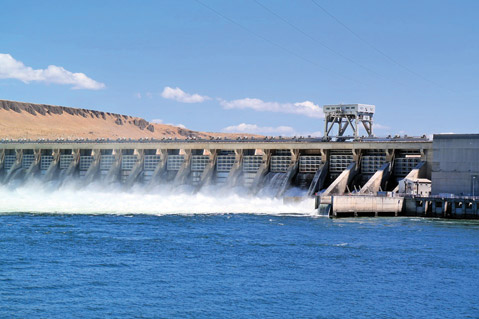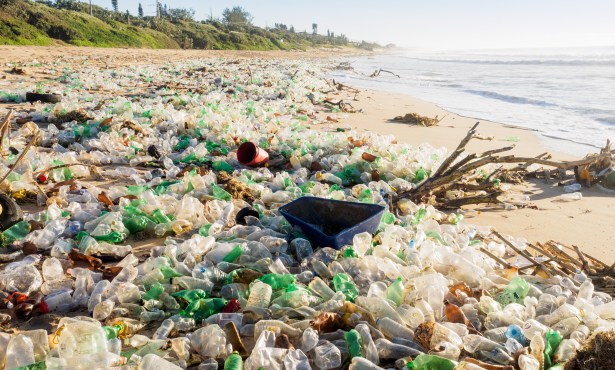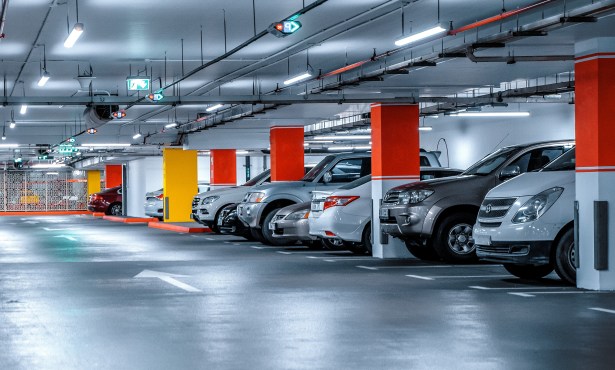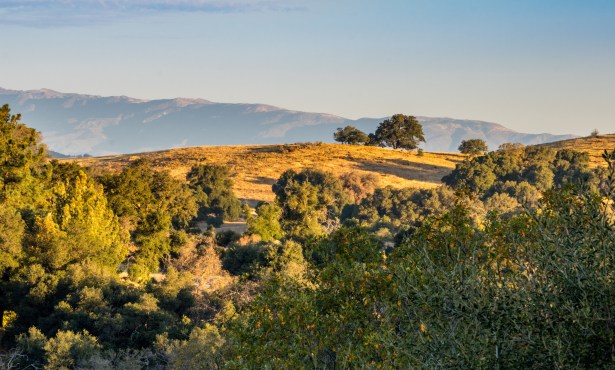Green Your Crib: How Pumped Hydro Helps Renewable Energy

In the past decade, wind-energy production has soared, and the growth of the solar-electric generation is not far behind. While certainly good news for the planet, this surge in renewables has highlighted the challenge of ensuring that electric power is available when customers want it, not just when the wind blows or the sun shines.
This increasing focus on how to store intermittent power so that electricity will be available when needed is generating many innovations. While much of the buzz around energy storage centers on the development of innovative battery technologies — the Tesla Powerwall has had the most attention — more than 98 percent of the world’s installed storage capacity is pumped hydro, a 19th-century development.
What is pumped hydro? It is a system that uses excess electricity — generated, say, from wind turbines during a blustery night — to pump water from a lower reservoir to a reservoir at a higher elevation. Then, when the wind ceases to blow or electricity demands spikes, the water from on high is released to spin hydroelectric turbines.
Experts at the Department of Energy’s Argonne National Laboratory in Illinois claim that pumped storage hydropower is the only energy-storage technology that is mature, reliable, proven, and commercially available to provide large utility-scale energy storage. Currently there are 300 such facilities in operation worldwide, with a total capacity of 142 gigawatts. Many more are coming online due to the world’s embrace of solar and wind power to help combat global warming. Pumped storage hydro is in the midst of a surge, with new facilities being built in Spain, Germany, Italy, China, Japan, and even the U.S.
Pumped hydro is growing fastest in China. A new pumped hydro station comes online there every few months with about 15 currently under construction, including the world’s largest. Closer to home, there are several dozen pumped storage hydro projects in the U.S. being planned, two of which have already been licensed in California — one in the Sacramento Municipal Utility District and the other a 1,300-megawatt project near Joshua Tree National Park.
Santa Barbara’s utility, Southern California Edison, has opted for natural-gas-fired “peaker plants” to run specifically during times of high demand, a shortsighted decision given the reality of climate change. The closest one is at Ellwood. Given the obstacles of large capital costs, lengthy construction, and insufficient interest in grid flexibility, pumped hydro may not be the best fit locally, but to have renewables grow beyond 30 percent of our energy mix, large-scale grid energy storage will be needed. In coastal communities with cliffs or nearby hills, the ocean can be the lower reservoir, thereby cutting costs and conserving precious fresh water.



